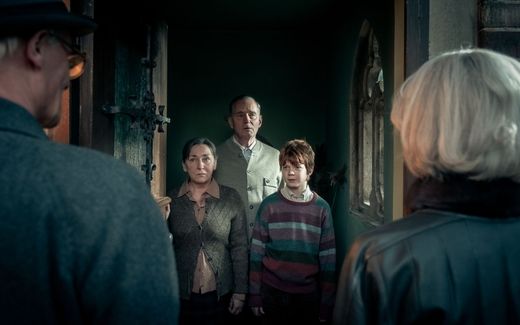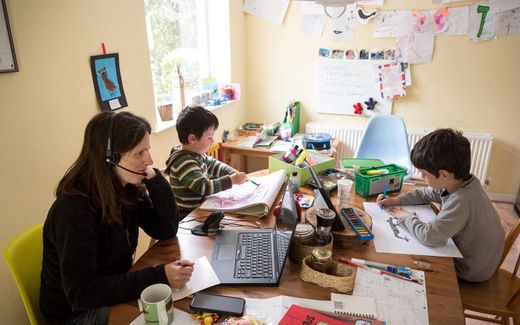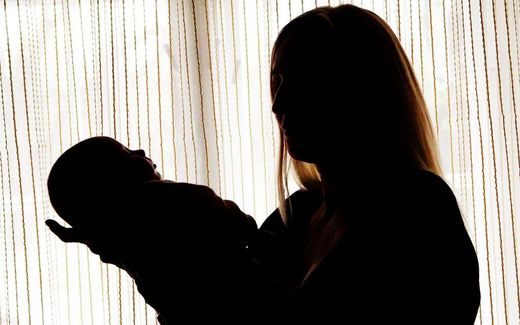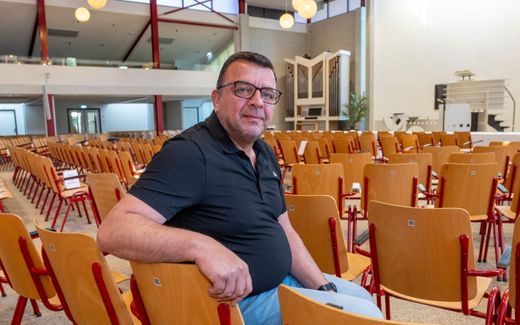Explainer: Why a migrant fled into a Norwegian church
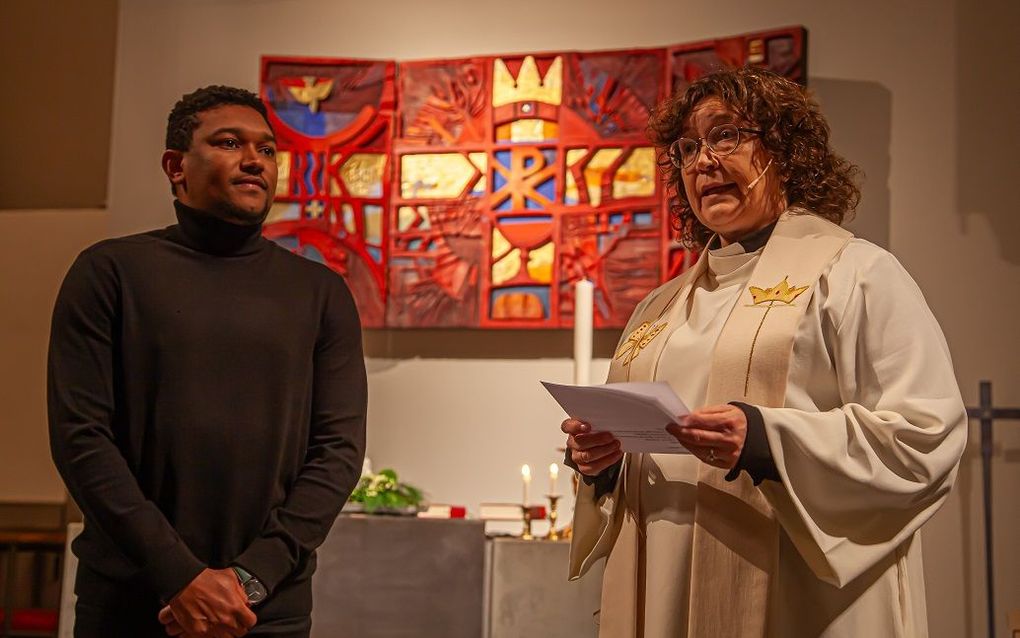
Photo Hallgeir B. Skjelstad, Rundo Miljøsenter AS
Northern Europe
To avoid deportation to his home country, asylum seeker Suel Kassembo fled to a Norwegian church. The authorities may take him out of there, but fear public opinion. Four questions.
What is going on in Norway?
The sixteen-year-old Suel Kassembo came to Norway as an orphan. His father, mother and sister were killed in his home country, Burundi, during a civil war. But when he applied for Norwegian citizenship, he could not prove that he was from that country. While other Burundians were given Norwegian passports, Mr. Kassembo was deemed ‘unreturnable’; there was no country to send him back to.
After nineteen years of living undisturbed, Mr. Kassembo found documentation supporting his story. But when he shared it with the authorities, the police came to get him. They argue that Burundi is now a safe country, and he must return. But for the now 35-year-old, there is nothing to return to. “Is it fair to be sent out because it is now documented that I have been telling the truth all along?” he asks the Norwegian newspaper Aftenposten.
After a court trial, a judge sided with the authorities. A temporary injunction stopped his forced deportation by minutes. Awaiting his appeal, Mr. Kassembo feels he has run out of options. The Muslim, therefore, fled into a church on New Year's Eve. He hopes the authorities will not follow him into this house of worship. “I feel safer here than at home.”
How does Church asylum work?
Church asylum is a model that allows a church to shelter people within the walls of the church building. Although authorities in most countries can enter a church to arrest someone, they usually do not. In many countries, the walls of a church building are enough to keep an authority at bay, but in a country like the Netherlands, there has to be actual religious worship going on. For example, from October 26th 2018, to January 30th 2019, there was a 2306-hour church service to save an Armenian family from deportation.

Christians are divided over using a church service to keep the authorities away. “Worship should not become a protest rally against a government that recognises Christians as God’s servants”, a commentary in the Dutch Reformatorisch Dagblad (Reformed Daily) reads. “Besides, what would have happened had the government not given in? Would not the Church then have been exposed as an impotent institution by having to abort the church asylum?”
In Norway, such a service is not necessary. Yet during the New Year’s Eve service, priest Solfrid Leinebø Seljås informed her congregation that they had a guest. “We welcome Kassembo as a fellow human being in need, in line with the old tradition that you can seek shelter in a church. The church room is still in a special position. This means that the governing authorities and others must respect that in the church space, we must keep peace. Church shelter applies to the entire building.”
Is there only such a case in Norway?
No. Besides the Netherlands, as mentioned earlier, Germany, in particular, has a history of this practice. According to Deutsche Welle, the country has a tradition in this, particularly over the past 40 years. In August 2023, the German Ecumenical Committee on Church Asylum counted 655 people currently in a church. Yet, church walls do not always stop the authorities. As recently as July, German immigration authorities removed a Kurdish couple from a church in Viersen.
What will happen next to Kassembo?
After deliberating with the group supporting him, Mr. Kassembo applied for church asylum at Herøy church. The latter said it did not want to take a position in the discussion. “We have accepted him as a fellow human being with the hope that he will receive fair treatment through the appeal that has been submitted”, says priest Solfrid Leinebø Seljås to Aftenposten. “In line with the old tradition of respect for the special position of the church room, we cannot say no.”
Mr. Kassembo’s supporters, meanwhile, stress that the current situation is only temporary “to ensure that he can be in this country in any case until the appeal has been processed.”

According to Aftenposten, Mr. Kassembo might be the only person to be in a Norwegian church asylum today. The newspaper writes that he could become a test case for the government’s new view on church asylum.
In April last year, the Norwegian government announced that it would remove certain guidelines to make it easier for authorities to enter churches. “If new cases of church asylum should arise, the cases must be resolved in line with the police’s normal routines.”
However, in a letter to the Norwegian Police Directorate, the Ministry of Justice pointed out that the police should respect the special position of the church room. “He has massive support in the local community, so there will be strong reactions if the police try to take him out by force.”
Related Articles


